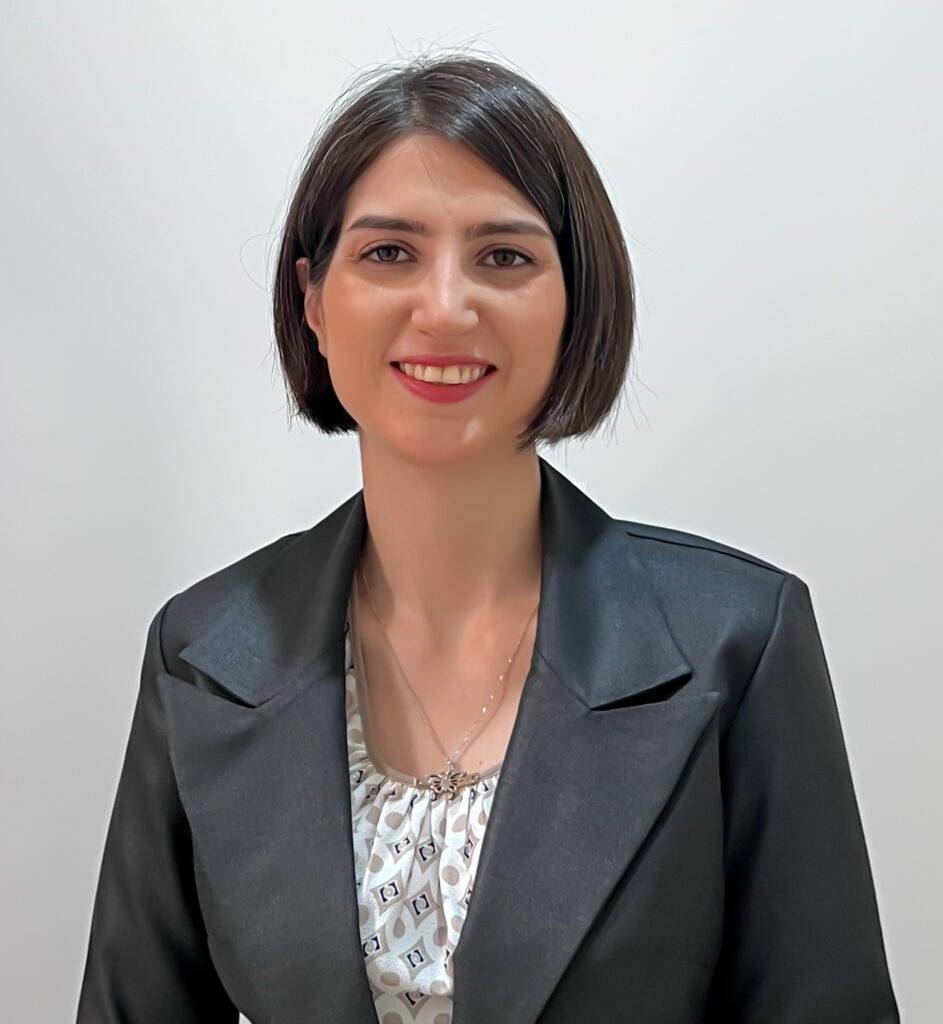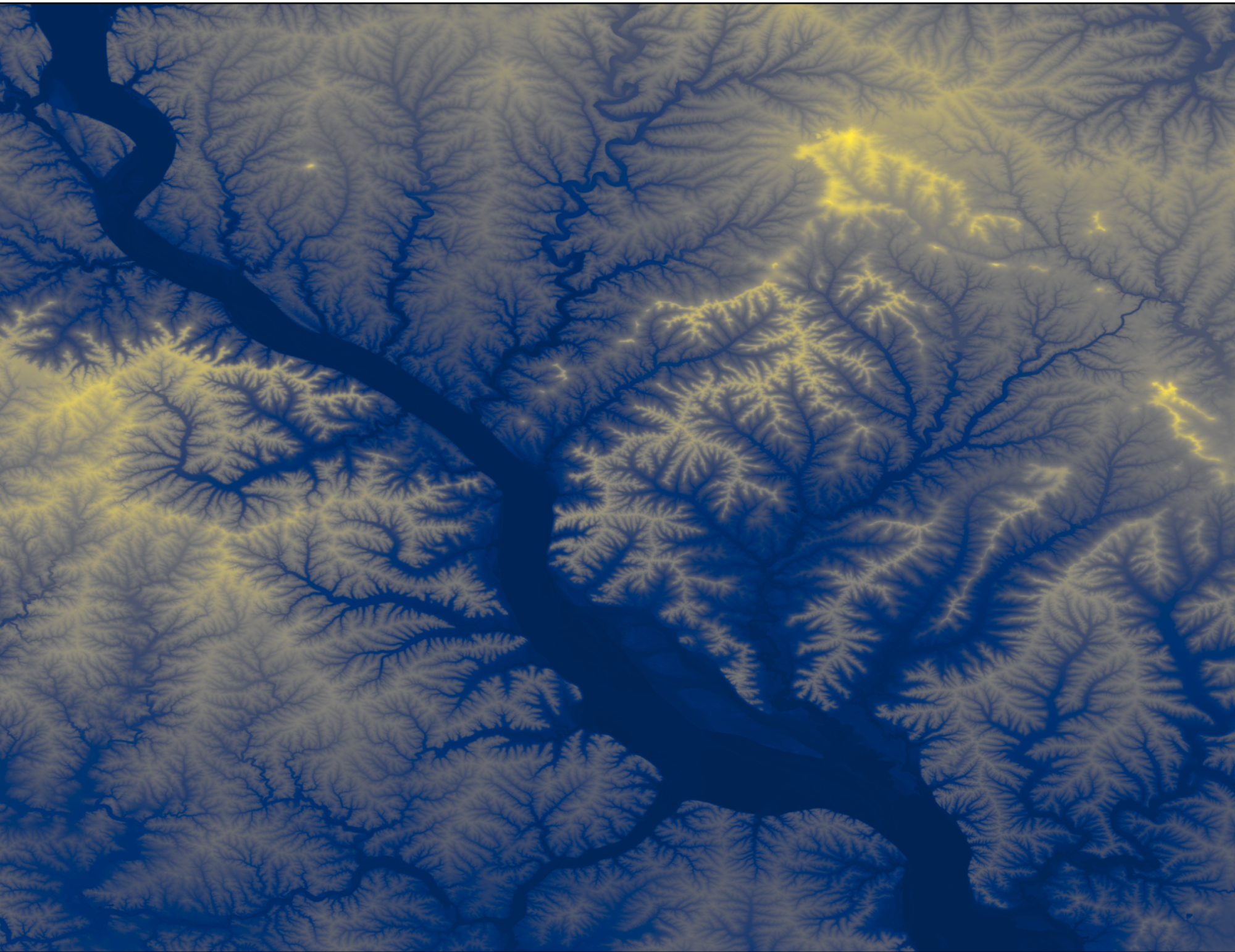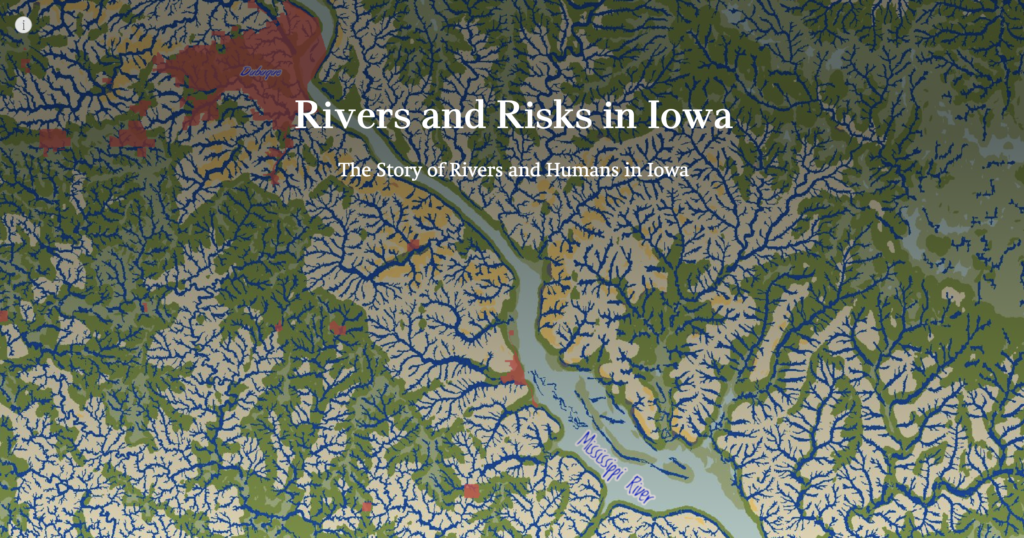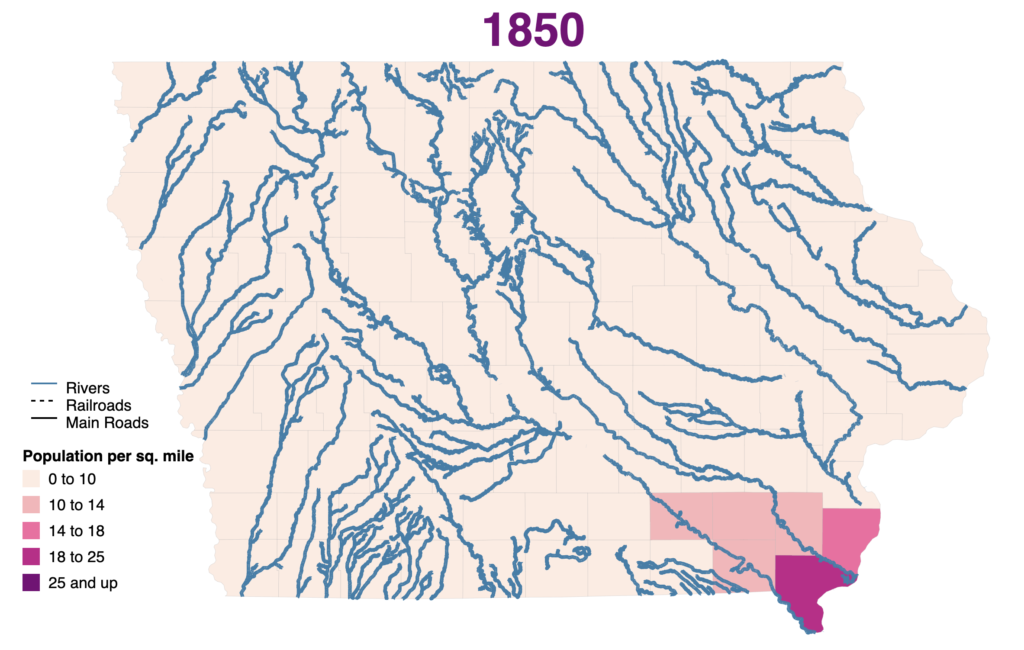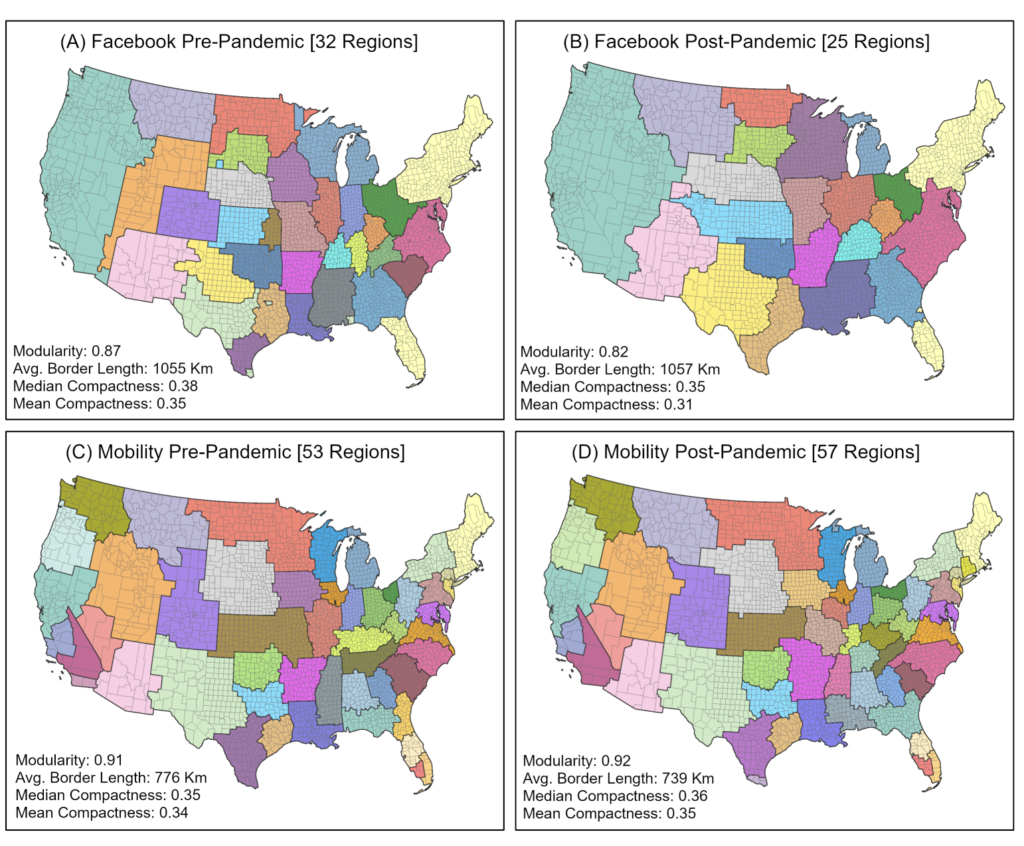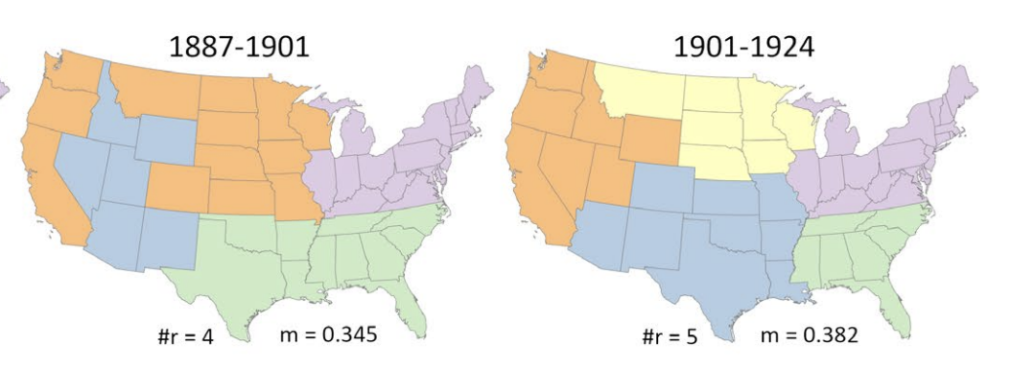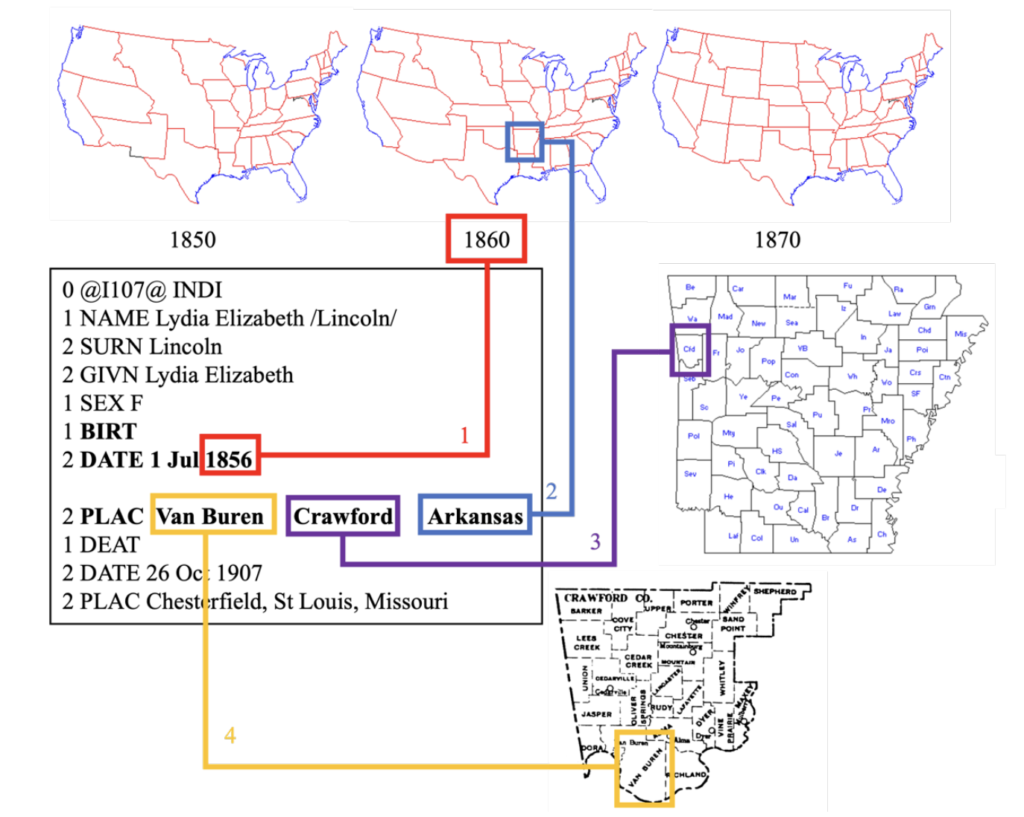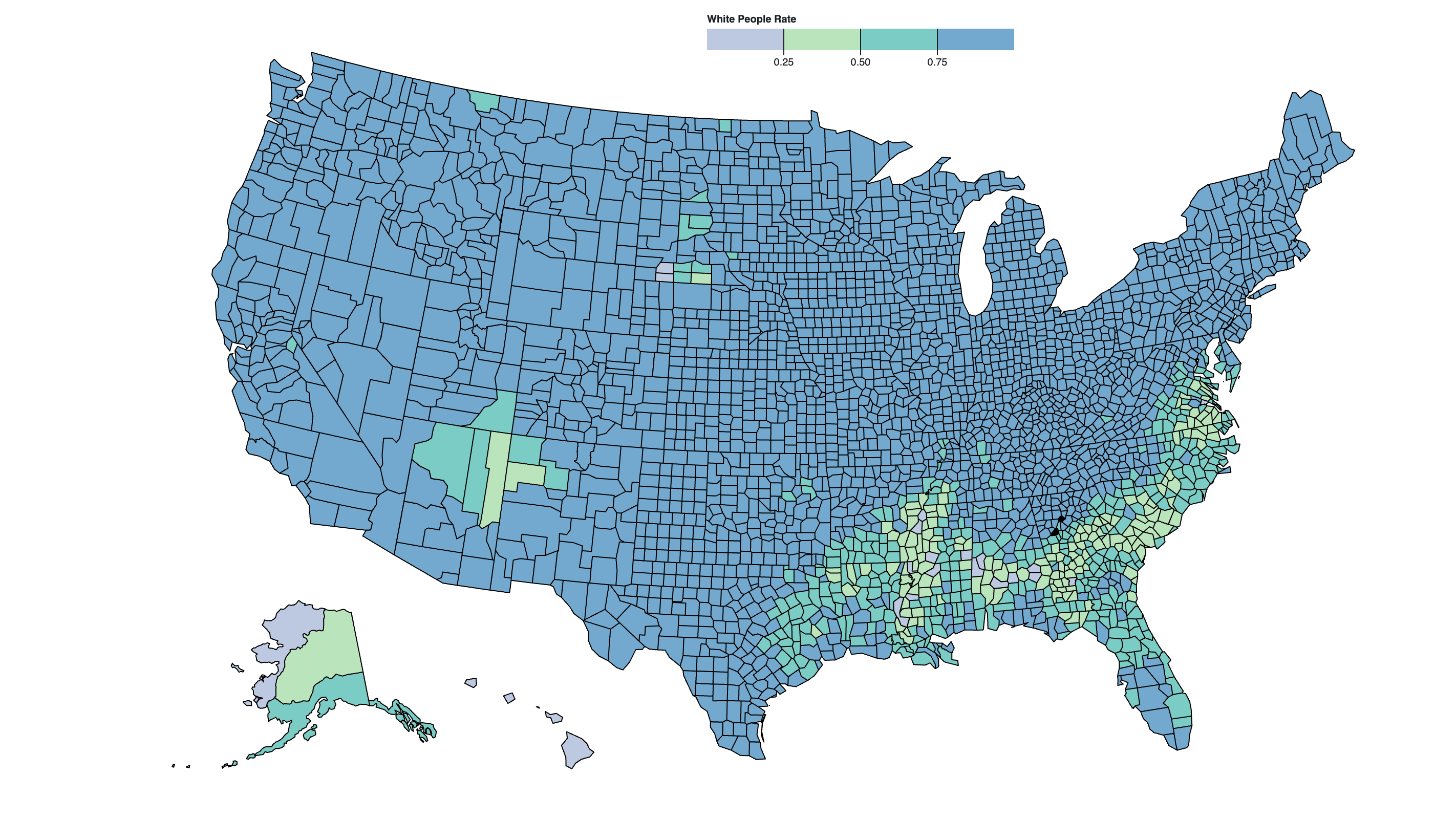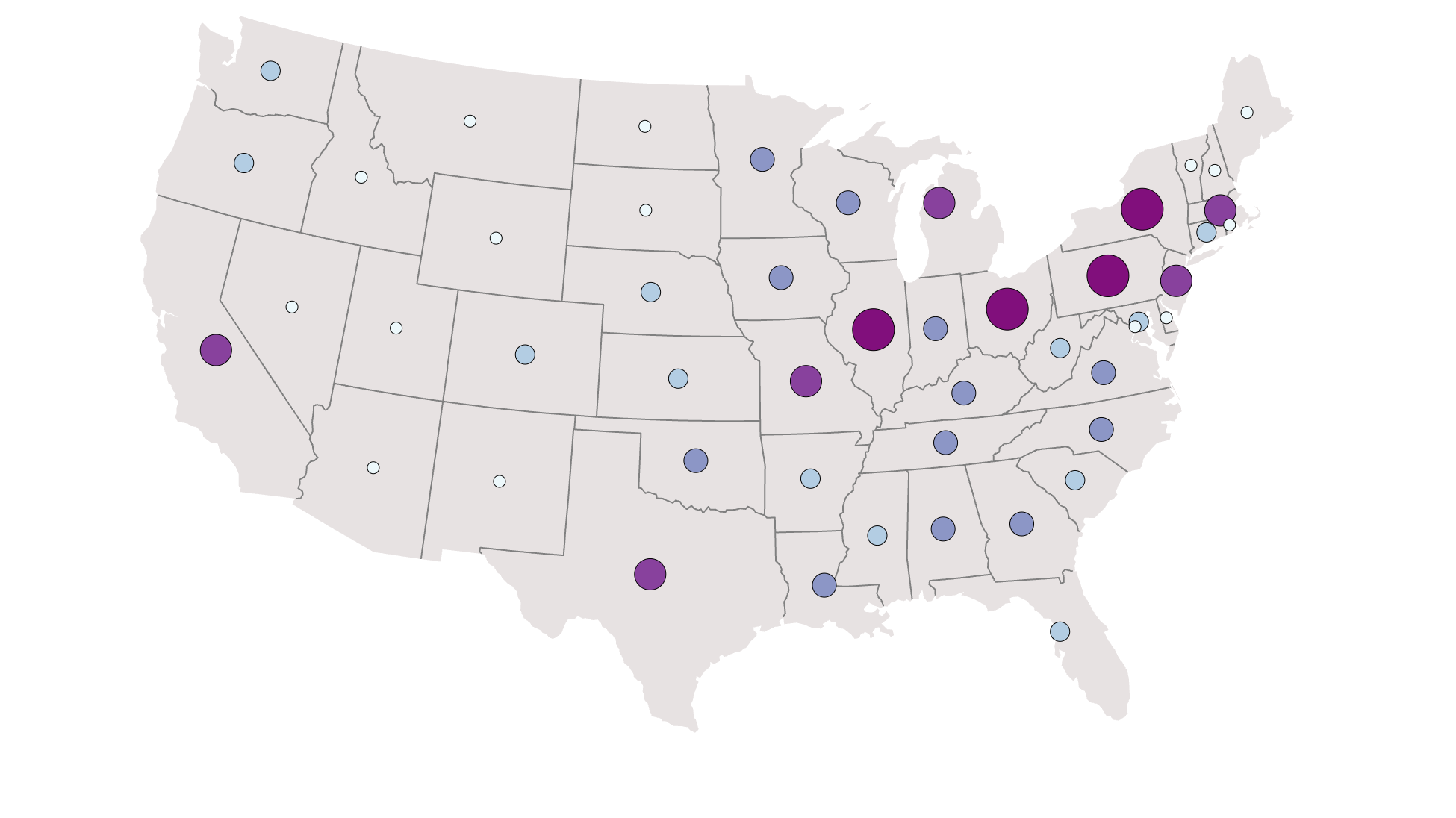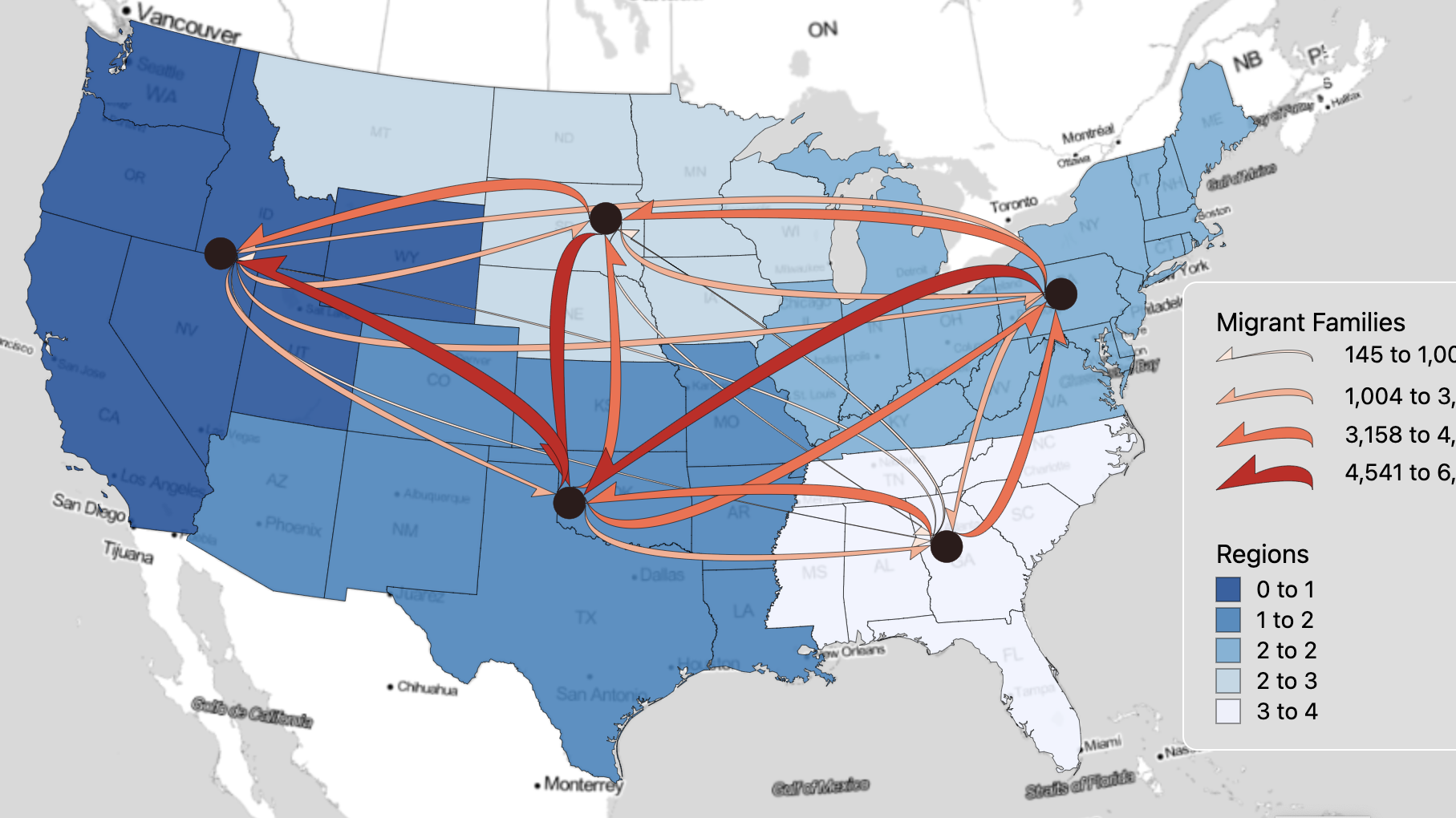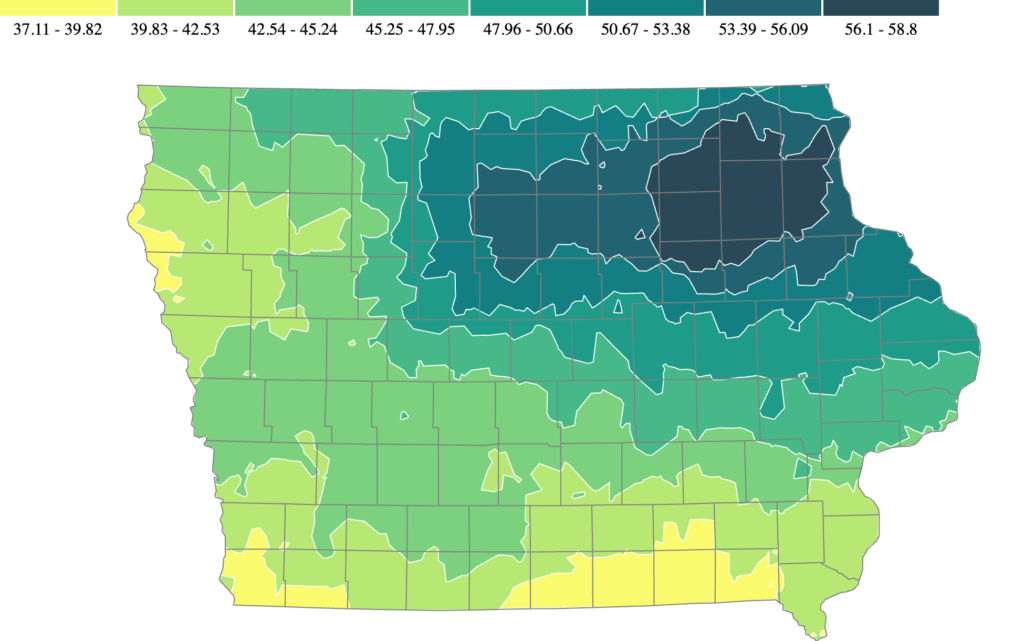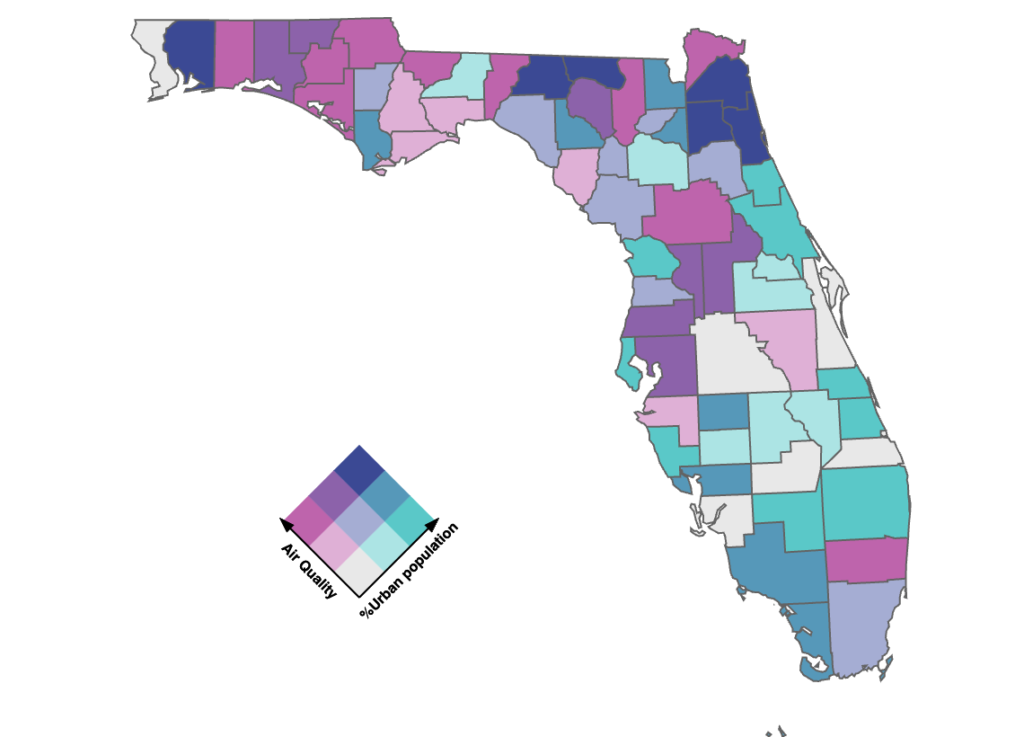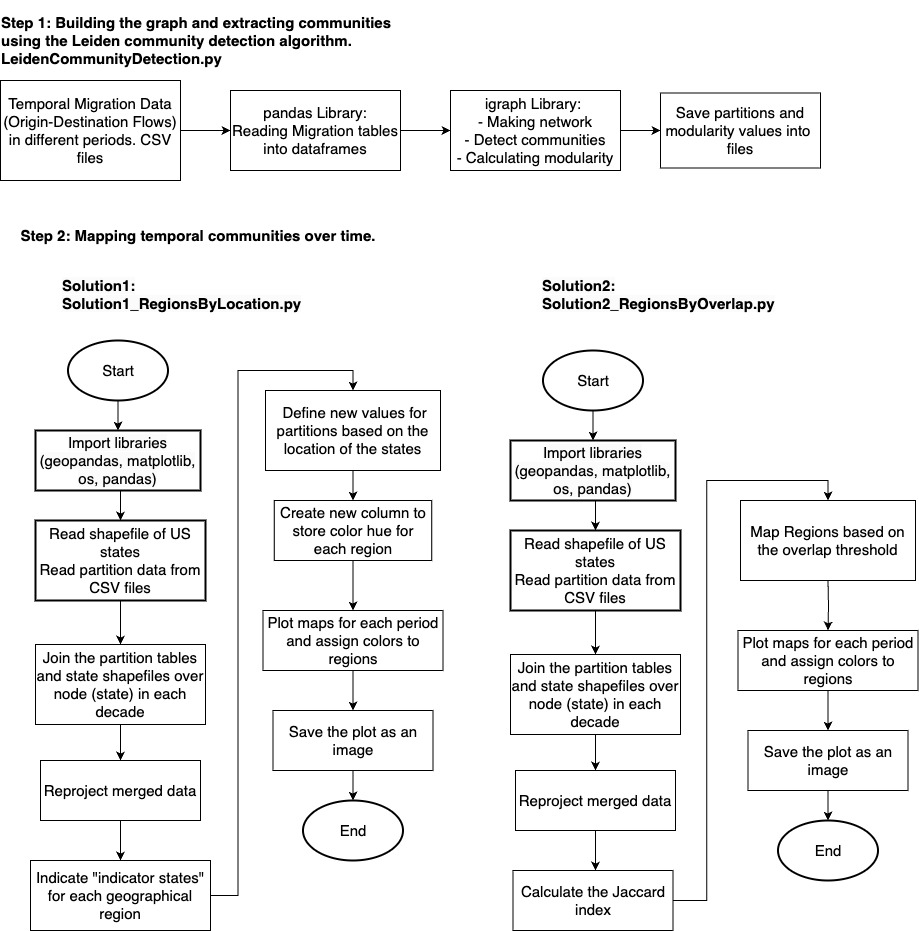Google Scholar
Torkashvand, M., & Koylu, C. (2024, June). A Hierarchical Approach for Geocoding Birthplaces in Temporally Continuous Crowd-Sourced Family Tree Data. CAGIS+ UCGIS Symposium 2024.
Torkashvand, M., Neshat A, Javadi S, Yousefi H, Berndtsson R. (2023) Groundwater Vulnerability to Nitrate Contamination from Fertilizers Using Modified DRASTIC Frameworks. Water, 15(17):3134. https://doi.org/10.3390/w15173134.
Koylu, C. & Torkashvand, M. (2023) The effect of disruptive events on spatial and social interactions: An assessment of structural changes in pre-and post-COVID-19 pandemic networks. GIScience 2023 Workshop on Disruptive Movement Analysis (DMA’23), September 12, 2023, Leeds, United Kingdom. https://doi.org/10.48550/arXiv.2311.01559.
Koylu, C., Torkashvand, M., Kwon, H., Kasakoff, A. B. (2022) Mapping migration regions and their evolution from population-scale family trees: What can they tell us about cultural identities and regions today? In 6th ACM SIGSPATIAL Workshop on Geospatial Humanities (GeoHumanities’22), November 1, 2022, Seattle, WA, USA. https://doi.org/10.1145/3557919.3565814.
Torkashvand, M., Neshat, A., Javadi, S., Pradhan, B. (2021) New hybrid evolutionary algorithm for optimizing index-based groundwater vulnerability assessment method. Journal of Hydrology, 598, 126446. https://doi.org/10.1016/j.jhydrol.2021.126446.
Torkashvand, M., Neshat A., Javadi S., Yousefi H. (2021) Improvement of GIS-Based DRASTIC Model Using Step-Wise Weight Assessment Ratio Analysis (SWARA) and Two New Hybrid Frameworks (Iran). In: Ksibi M. et al. (eds) Recent Advances in Environmental Science from the Euro-Mediterranean and Surrounding Regions (2nd Edition). EMCEI 2019. Environmental Science and Engineering. Springer, Cham. https://doi.org/10.1007/978-3-030-51210-1_283.
Torkashvand, M., Neshat, A., Javadi, S., Yousefi, H. (2020) DRASTIC framework improvement using Step-wise Weight Assessment Ratio Analysis (SWARA) and combination of Genetic Algorithm and Entropy. Environmental Science and Pollution Research. https://doi.org/10.1007/s11356-020-11406-7.
